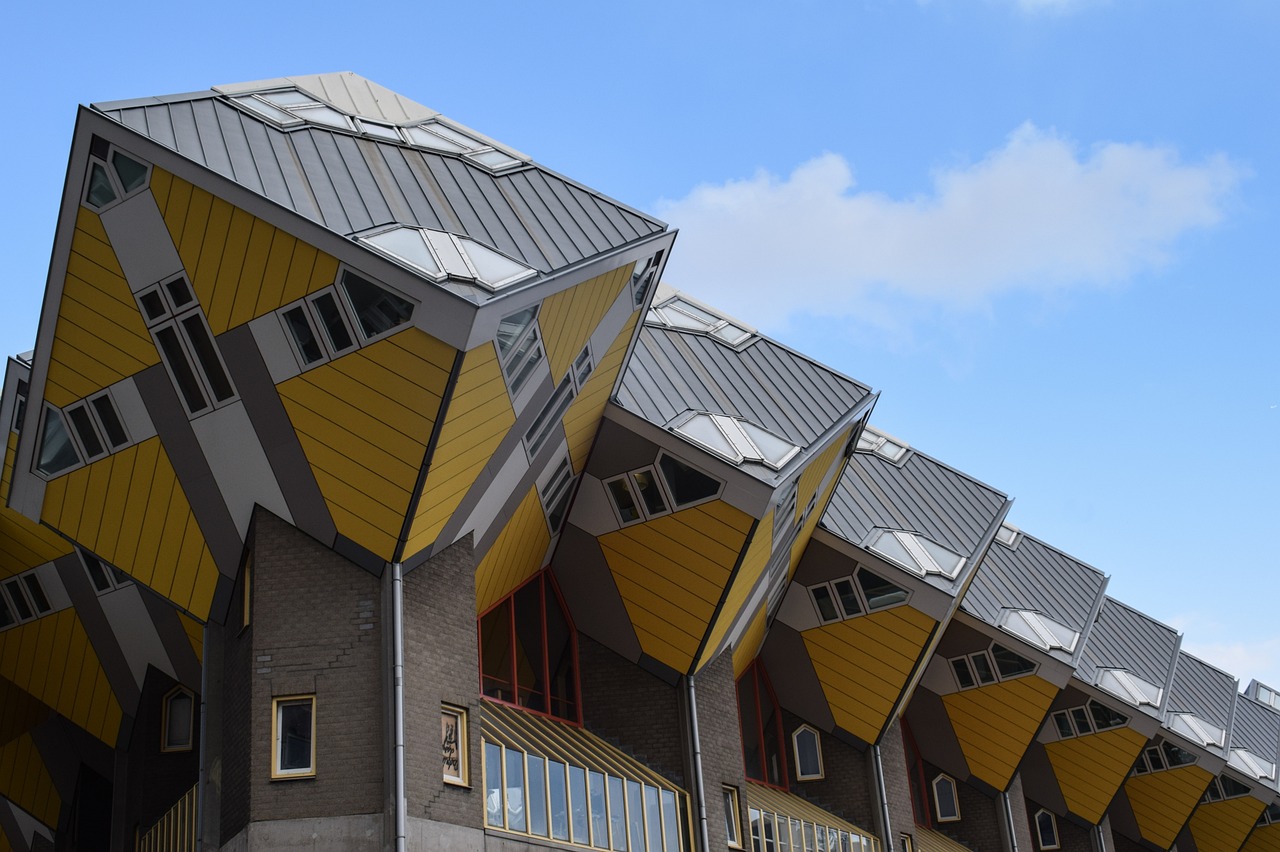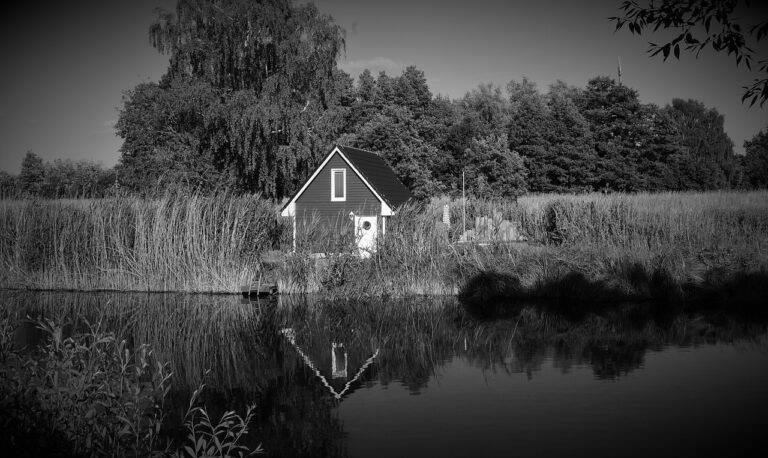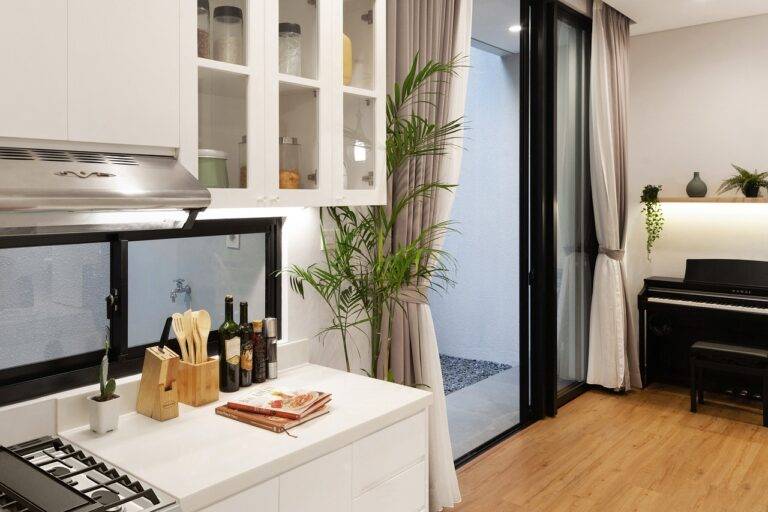Maximizing Natural Light in Your Home: Design Strategies and Solutions
When designing a space to take advantage of natural light, it is crucial to consider the orientation of the building. The positioning of windows and the layout of the room can greatly impact the amount of sunlight that filters in. South-facing windows typically receive the most sunlight throughout the day, while east-facing windows are ideal for capturing the morning sunlight. By strategically placing windows based on the orientation of the building, you can maximize natural light exposure and reduce the need for artificial lighting during the day.
In addition to window placement, the size and style of windows play a significant role in harnessing natural light. Larger windows allow more sunlight to enter the space, creating a bright and airy atmosphere. It is also important to consider the type of glazing used in windows to maximize energy efficiency and minimize glare. By carefully selecting window styles and sizes, you can create a well-lit and inviting environment that promotes productivity and well-being.
Utilizing Window Placement for Maximum Light Exposure
When designing a space to maximize natural light exposure, the placement of windows plays a crucial role. To ensure that ample sunlight can infiltrate the room, consider placing windows on multiple walls of the space. This allows light to penetrate from different angles throughout the day, creating a bright and well-lit environment.
Moreover, the size and orientation of windows are essential factors to consider. Larger windows can bring in more natural light, while strategically positioning them to face the sun’s path can amplify the illumination within the room. By carefully planning the placement of windows in your space, you can harness the power of natural light to create a bright and inviting atmosphere.
Why is natural light important in a living space?
Natural light not only helps to save energy by reducing the need for artificial lighting, but it also has numerous health benefits and can improve mood and productivity.
What are some key elements to consider when designing for natural light?
Some key elements to consider are the orientation of the building, the size and placement of windows, and the use of reflective surfaces to maximize light penetration.
How can window placement affect the amount of natural light in a room?
Window placement determines the direction and amount of sunlight that enters a room, so strategically placing windows can maximize the amount of natural light that filters in.
Are there any specific window styles that are better for maximizing light exposure?
Generally, larger windows, such as floor-to-ceiling windows or skylights, are better for maximizing light exposure. However, the specific window style should also take into account the building’s orientation and surrounding environment.
How can I ensure that my living space gets maximum light exposure throughout the day?
To ensure maximum light exposure, consider the path of the sun throughout the day and strategically place windows on different walls to capture sunlight at different times. Additionally, using light-colored and reflective surfaces can help bounce light around the room.





